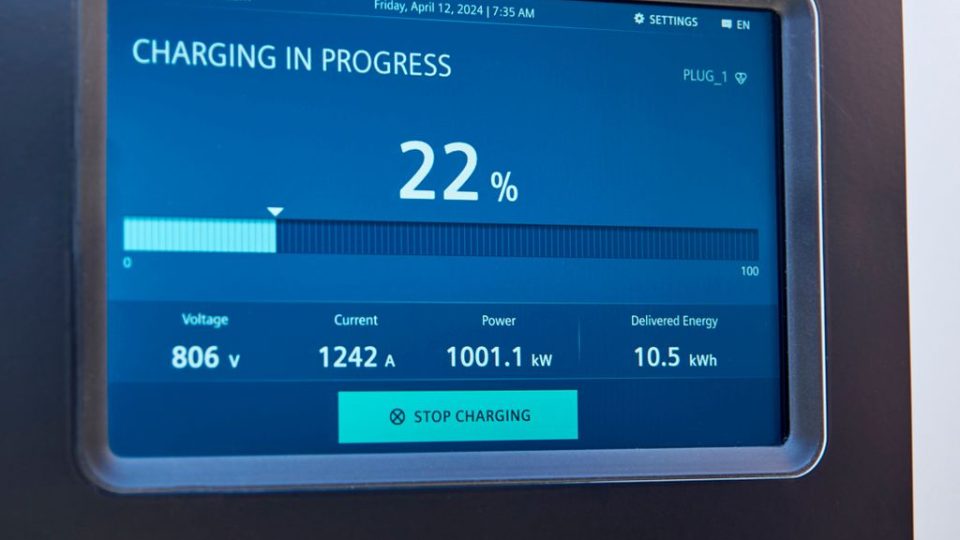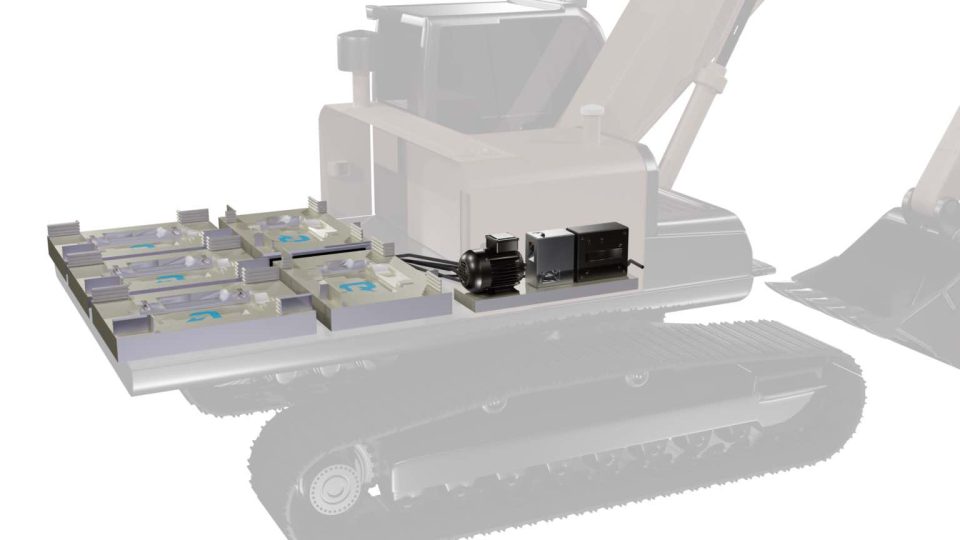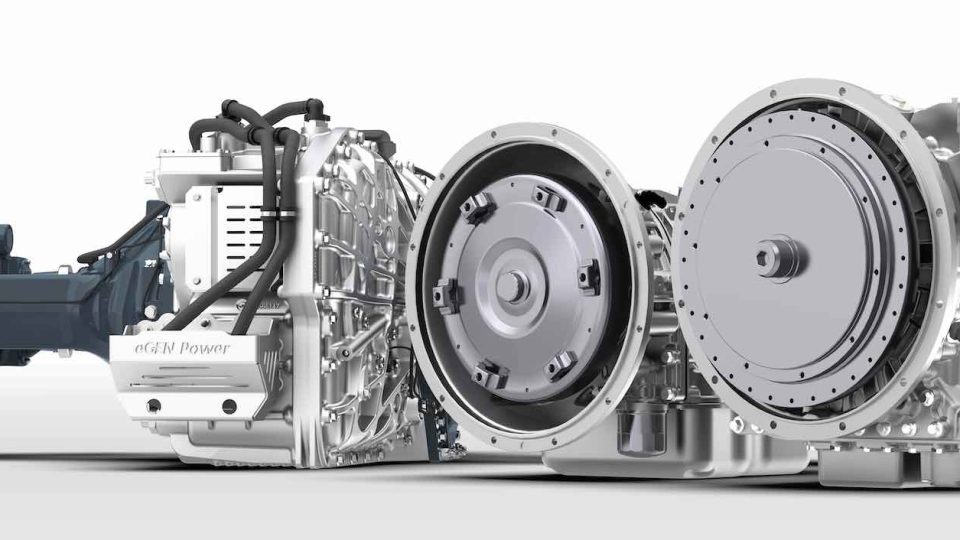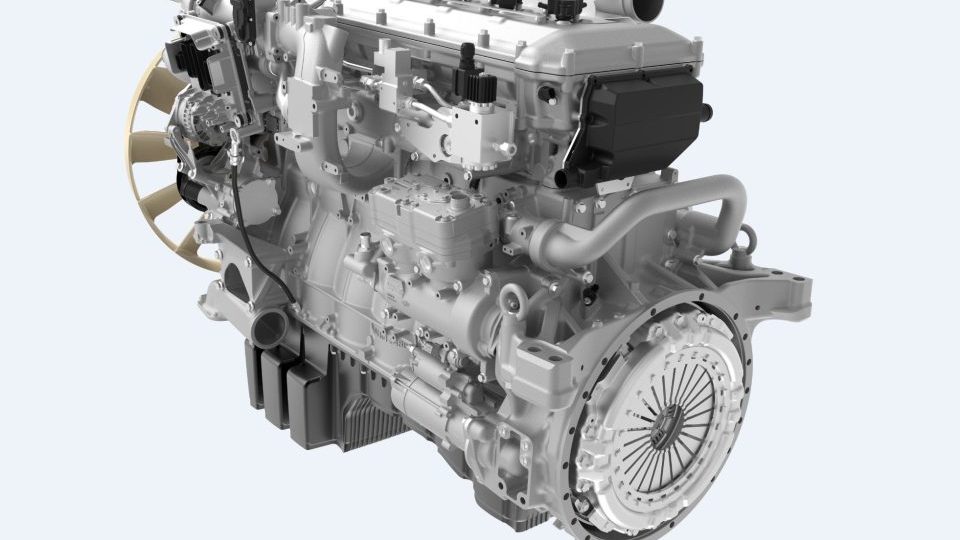LNG for ship vessels. The beginning of a new era
LNG for ship vessels, a reality that now knows no borders or territorial limits. According to Riviera Maritime Media, “by 2023, the global LNG bunkering fleet will be five times as large as it was in 2018, reaching 50 vessels, underpinning the uptake of LNG as a fuel by international shipping.” LNG for ship vessels […]
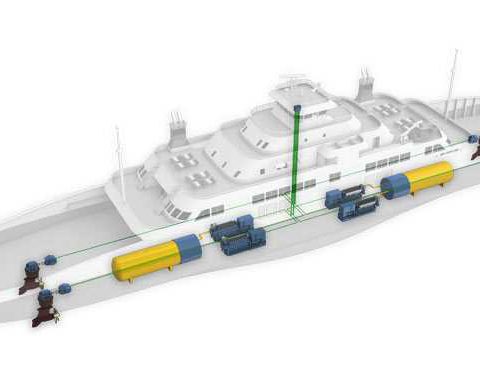
LNG for ship vessels, a reality that now knows no borders or territorial limits. According to Riviera Maritime Media, “by 2023, the global LNG bunkering fleet will be five times as large as it was in 2018, reaching 50 vessels, underpinning the uptake of LNG as a fuel by international shipping.”
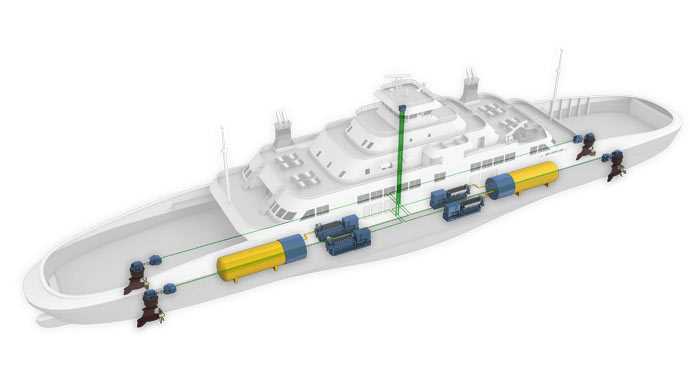
LNG for ship vessels
“One of the latest additions to the fleet will be FueLNG Bellina, a 7,500 m3 capacity LNG bunkering vessel for Singapore, the country’s first. Named at a ceremony in Singapore, FueLNG Bellina is owned by FueLNG, a joint venture between Keppel Offshore & Marine Ltd and Shell Eastern Petroleum (Pte) Ltd. Expected to be operational by year’s end, FueLNG Bellina will be the first to provide regular ship-to-ship LNG bunkering services within the Singapore port. FueLNG will also provide LNG bunkering from Singapore’s first dedicated LNG bunkering facility, which will be built by Keppel O&M on its Floating Living Lab (FLL), with Shell supplying the LNG to the 3,500-m3 capacity facility when it becomes operational Q4 2021.”
Very close to Singapore “Avenir LNG subsidiary Avenir (L) Pte Ltd has taken delivery of Avenir Advantage, Malaysia’s first dedicated LNG bunkering and supply vessel from Keppel Offshore & Marine’s Nantong Shipyard, Jiangsu Province, China.”
Ship-to-ship, in Italy. Costa Crociere
In Italy, the first ship-to-ship refuelling for an LNG-powered cruise ship took place. The ship refuelled was the Costa Smeralda, flagship of the Costa Crociere fleet, the largest LNG-fuelled ship in the world. We told about it in our Italian website, dieselweb.eu, and we report here an abstract. The ship was refuelled by the Coral Methane, owned by Dutch shipowner Anthony Veder, with a capacity of 7,500 cubic metres of LNG, leased from Shell under a long-term contract. In turn, the US-based Carnival Group, of which Costa Cruises is a member, has a 10-year contract with Shell for the global supply of LNG to all its ships using it. This ship uses Vanzetti engineering‘ cryogenic pumps. The actual refuelling, which lasted about four hours, was 2,400 cubic metres with a maximum refuelling rate of about 630 cubic metres per hour. The Costa Smeralda can also use marine diesel oil if necessary, but it is a boast of the owner that it has been using around 100 per cent LNG since its ships have been in operation.



